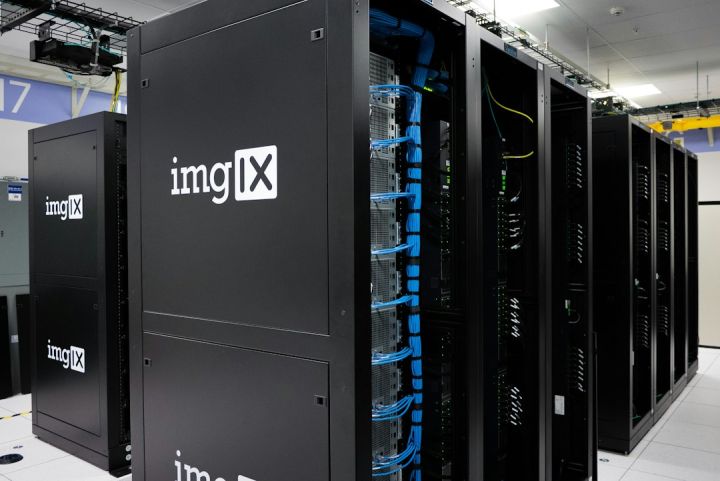How Has Storage Technology Evolved over the Last Decade?
Over the last decade, storage technology has seen significant advancements, revolutionizing the way we store and access data. From the introduction of solid-state drives (SSDs) to the rise of cloud storage, the landscape of storage technology has undergone a remarkable transformation. In this article, we will explore the key developments in storage technology over the last decade and how they have impacted our digital lives.
The Advent of Solid-State Drives (SSDs)
One of the most significant advancements in storage technology has been the widespread adoption of solid-state drives (SSDs). Unlike traditional hard disk drives (HDDs), SSDs use flash memory to store data, resulting in faster access times and improved overall system performance. SSDs have become increasingly popular in laptops, desktops, and even servers, as they offer greater reliability and durability compared to HDDs. Additionally, SSDs are smaller and lighter, making them ideal for portable devices such as smartphones and tablets.
The Rise of Cloud Storage
Another notable development in storage technology has been the rise of cloud storage. Cloud storage allows users to store their data remotely and access it from any device with an internet connection. This technology has revolutionized the way we store and share files, eliminating the need for physical storage devices and enabling seamless collaboration. Cloud storage providers like Dropbox, Google Drive, and Microsoft OneDrive have gained immense popularity due to their convenience and accessibility.
Increased Storage Capacities
In the last decade, storage capacities have increased exponentially. The introduction of high-capacity hard drives and the advancement of flash memory technology have allowed for vast amounts of data to be stored in much smaller physical spaces. Today, it is not uncommon to find consumer-grade hard drives with capacities exceeding 10 terabytes, providing ample storage for even the most demanding users. This increased storage capacity has been crucial in meeting the growing demands of data-intensive applications and services.
Enhanced Data Transfer Speeds
With the evolution of storage technology, data transfer speeds have also witnessed significant improvements. The introduction of USB 3.0 and Thunderbolt interfaces has revolutionized the way we transfer data between devices. These technologies offer significantly faster transfer rates compared to their predecessors, allowing for quick and efficient backup and file sharing. Additionally, advancements in networking infrastructure have led to faster data transfer speeds over local area networks (LANs) and the internet, enabling seamless streaming and cloud-based services.
The Emergence of NVMe
Non-Volatile Memory Express (NVMe) is a storage protocol specifically designed for SSDs. It has emerged as a game-changer in storage technology, offering significantly faster data transfer speeds and lower latency compared to traditional storage protocols. NVMe utilizes the high-speed PCIe interface, allowing for direct communication between the storage device and the computer’s processor. This technology has led to a significant boost in system performance, particularly in scenarios that require intensive data processing, such as gaming and professional content creation.
Looking Ahead: The Future of Storage Technology
As we look to the future, the evolution of storage technology shows no signs of slowing down. Emerging technologies such as 3D NAND flash memory and storage-class memory (SCM) hold the promise of even greater storage capacities and faster data access speeds. Additionally, advancements in artificial intelligence and machine learning are set to revolutionize data management and storage, enabling more intelligent and efficient storage solutions.
In conclusion, storage technology has come a long way in the last decade. The introduction of solid-state drives, the rise of cloud storage, increased storage capacities, enhanced data transfer speeds, and the emergence of NVMe have all contributed to a significant transformation in the storage landscape. As we move forward, it is exciting to anticipate the future advancements that will continue to shape the way we store, access, and manage our digital data.






